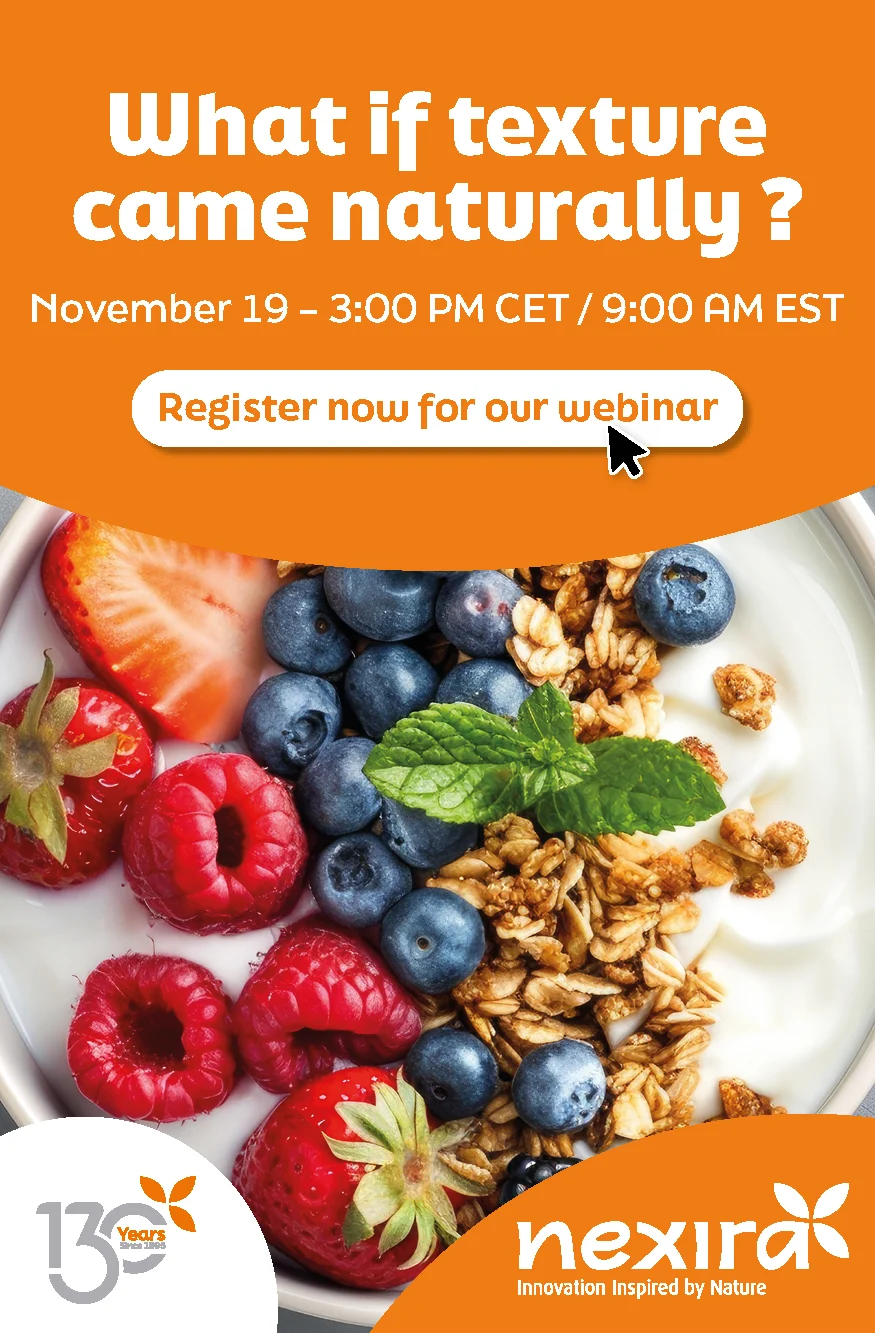Fighting food waste: Mill gets regulatory greenlight to feed household kitchen scraps to poultry
11 Aug 2023 --- A new animal feed ingredient by Mill, a US-based food recycling company, has received a unanimous vote of approval from the Association of American Feed Control Officials Ingredient Definition Committee. The feed was approved as a Dried Recovered Household Food, which will allow household food waste to be turned into animal food.
According to Mill, the vote marks a “significant step” in addressing the problem of food waste and its impact on the planet and toward supporting more sustainable agriculture practices.
The new definition unlocks a new regulatory pathway to conserve nutrients and keep household food residues in the food system by feeding it to poultry.
This move is well aligned with recommendations from organizations such as the Zero Food Waste Coalition to recycle food scraps into animal feed, according to the company.
The initiative is flagged to have broad positive climate implications across the US, including tackling the problem of food waste in cities, for farmers pursuing more sustainable feed options and for people who want to prevent food waste at home.

“This historic new pathway isn’t just good news for Mill; it’s a win for the broader industry and the planet: recycling uneaten household food into animal feed offers a scalable new way to more sustainably feed the growing global population while slashing methane emissions,” says Harry Tannenbaum, co-founder and president at Mill.
The approval vote was carried out following a recommendation from the US Food and Drug Administration (FDA) earlier this summer.
A new paradigm
The new definition enables Mill and other companies, a first-of-its-kind home food-recycling service, to make it easy for people at home to send food back to farms instead of landfills.
Mill customers receive a kitchen bin that dehydrates – to less than 12% moisture – uneaten kitchen scraps in homes, enabling them to be turned into food for chickens, explains the business. Once the bin is full – which takes a few weeks – the residues are picked from the doorstep and sent to the upcycling Mill Facility.
 Mill customers receive regular household-level impact reports on the quality and quantity of food waste sent to Mill's feed facility.Customers also receive regular household-level impact reports on the quality and quantity of Food Grounds sent to Mill’s feed facility.
Mill customers receive regular household-level impact reports on the quality and quantity of food waste sent to Mill's feed facility.Customers also receive regular household-level impact reports on the quality and quantity of Food Grounds sent to Mill’s feed facility.
“The new poultry feed ingredient definition unlocks a massive opportunity to prevent waste, conserve nutrients and reduce emissions—and allows Mill to offer a truly closed-loop service to customers, and an alternative, safe, nutritious, and consistent feed ingredient for farmers,” Tannenbaum notes.
“We are grateful for the thoughtful, rigorous, and effective collaboration with regulators, and give AAFCO and FDA a lot of credit for recognizing the state-level interest and momentum in preventing waste and getting recovered household food to a higher and better use.”
Curbing livestock emissions
Currently, over 30% of the world’s croplands are used to grow animal feed and the production represents a significant amount of livestock-related emissions.
Animal feed is broadly considered a preferred end-use for recovered food by the Environmental Protection Agency (EPA).
“Today, restaurants and grocery stores are sending uneaten food back to farms to feed poultry, enabled by AAFCO definitions and existing circular infrastructures,” Mill explains.
“But a regulatory pathway for uneaten food from households hadn’t existed until now due to the lack of a viable model to ensure the safety, quality and consistency of food in homes at scale, or one that enables safe source separation at the household level easily, or an efficient system to get that resource back to farms.”
Edited by Marc Cervera














